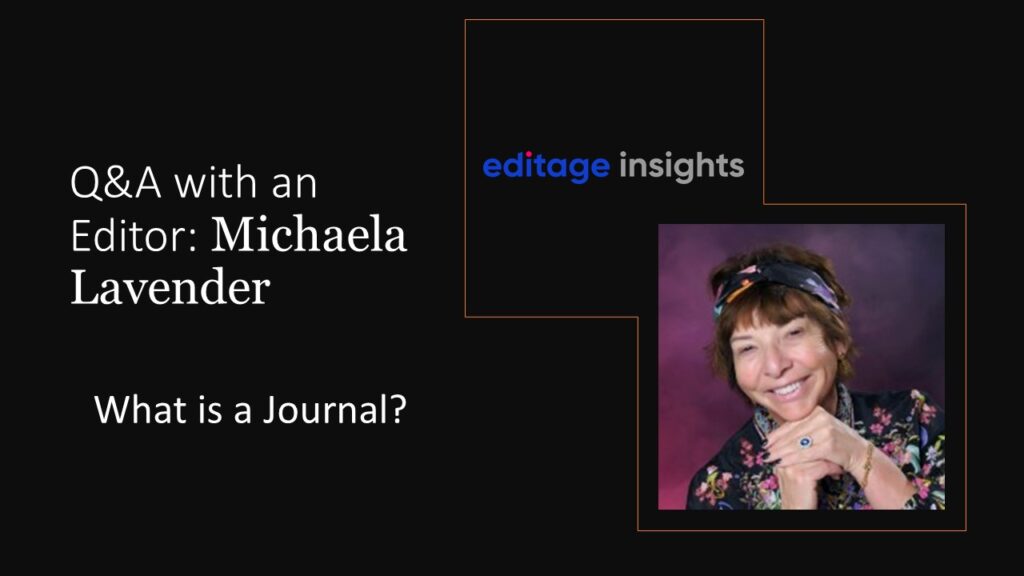What to Avoid When Submitting Your Manuscript- Straight from the Editor’s Desk!

We continue our journey into the world of journal submission with part 3 of the series that began with
1. What is a Journal? Insights from an Editor and 2. Top 20 Questions of Early Career Researchers on Journal Submission.
Things editors find the most annoying
Here are the heinous crimes that drive editors mad:
- Submissions that ignore author instructions.
- Articles that are really reports, not research articles.
- Superficial or sloppy revisions that don’t properly engage with reviewer feedback.
- Revised manuscripts without tracked changes.
- Authors who argue aggressively after a rejection instead of moving on.
- And complaining about the word limit!
The common thread here was professionalism.
Treat the process seriously, respect reviewers’ unpaid work, and make life easier for the editors.
Attitude
Most of the editors advised being ‘humble’. Actually I really don’t like that word: I’d say pragmatic:
Everyone gets rejected. Everyone gets tough reviews. What matters is how you respond.
Take reviews very seriously. Show that you’ve engaged with them, even if you disagree. Submit the best version of your work each time.
My advice
- Choose your journal very, very carefully. Read the instructions!
- Communicate with editors respectfully. Write a good cover letter explaining why that journal is your first choice and why your paper is a fit. Don’t tell them that their journal is the best thing since sliced bread was invented but tell them how your paper relates to others they have published.
- Ground your paper in the literature.
- Take reviews very seriously; if you don’t agree with a review when you submit your revision say why. Your paper is probably going back to that reviewer.
- Just accept that rejections happen. If you look at the metrics on most journals’ home pages online you’ll see their acceptance rate. The norm is around 30%. That means that 70% of submissions are being rejected. Remember that a rejection doesn’t mean your paper is rubbish—it simply not be a fit for that journal at that moment in time.
- Get back on the bike straight away: take reviewers’ comments on board, rework your paper and submit to your second choice journal. Remember we live in very small worlds. It is very possible that your paper might be sent back to one of the reviewers who looked at it first time around. And this is not as bad as you think: that reviewer might well have advised a major revision with the other reviewer recommending a reject. So show that you have gone back to the drawing board.
Have more questions? Share them in our Q&A forum and an Editor will get back to you with an answer!




